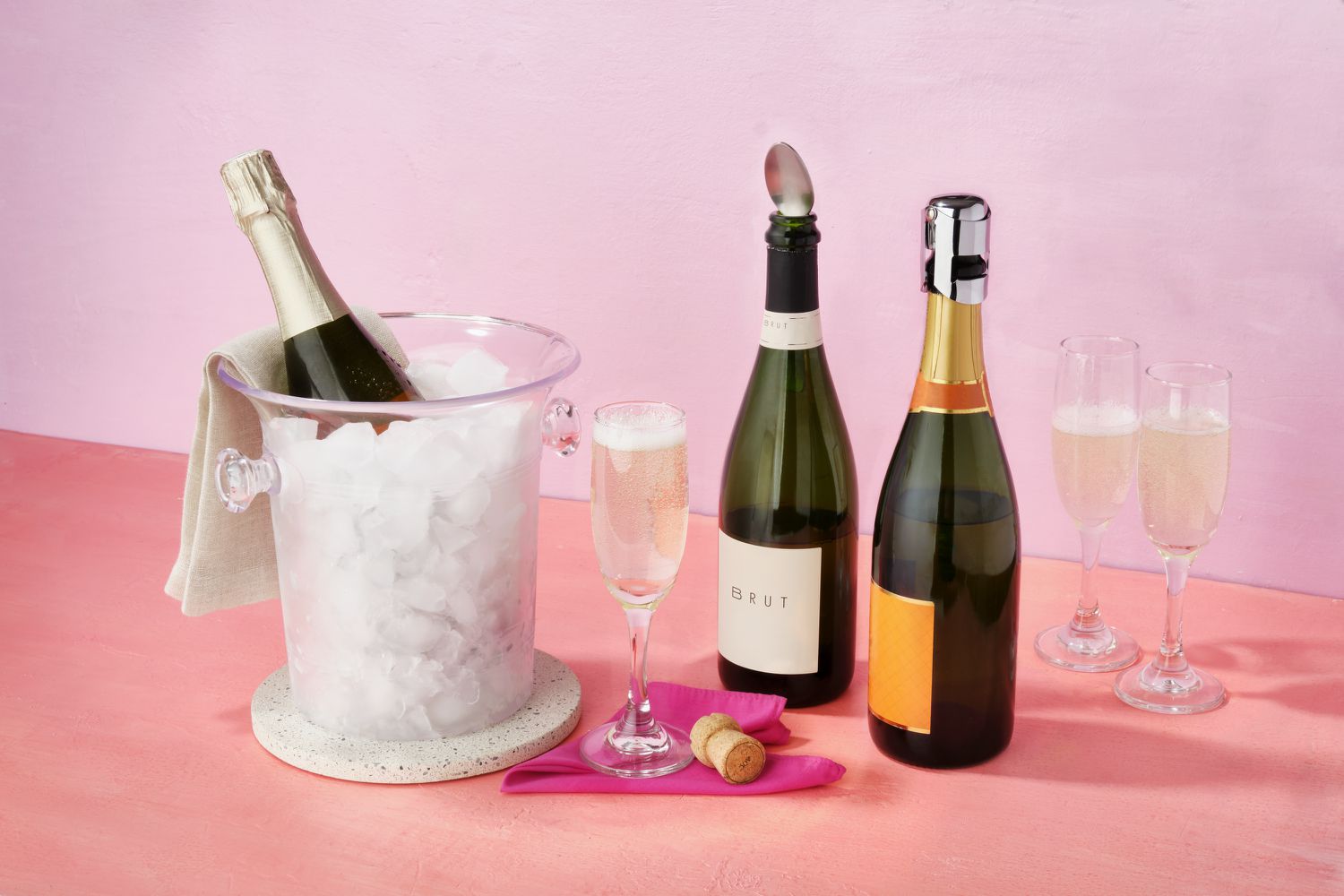

Articles
How To Store Champagne After Opening
Modified: January 8, 2024
Learn the best practices for storing champagne after opening in this helpful article. Keep your bubbly fresh and enjoyable for longer with these tips.
(Many of the links in this article redirect to a specific reviewed product. Your purchase of these products through affiliate links helps to generate commission for Storables.com, at no extra cost. Learn more)
Introduction
Champagne is often associated with celebrations and special occasions. Its bubbly and effervescent nature makes it a popular choice for toasting and raising a glass in cheer. However, what happens when you can’t finish the entire bottle of champagne? How should you store it to maintain its quality and flavor?
Proper storage of champagne after opening is essential to preserve its taste and freshness. No one wants to waste this luxurious and expensive beverage, so taking the necessary steps to store it correctly is crucial. In this article, we will discuss the importance of proper storage and provide you with a comprehensive guide on how to store champagne after opening to ensure it retains its sparkle and flavor.
Key Takeaways:
- Preserve the Bubbles: Recork your champagne immediately after pouring to maintain its effervescence. Store it in the fridge, away from temperature fluctuations, and consider using a wine stopper for a tight seal.
- Enjoy Promptly: While champagne can last a few days, it’s best to savor it within that time to fully appreciate its flavors and prevent spoilage. Store it properly and raise a glass to lasting memories!
Read more: How To Store Opened Champagne
Why Proper Storage is Important
Champagne is a delicate and nuanced beverage that requires proper storage to maintain its quality. Here are a few reasons why proper storage is important:
- Preservation of flavor: Champagne is known for its distinct flavor profile, with notes of citrus, toast, and honey. Proper storage helps to preserve these flavors by protecting the wine from oxidation and temperature fluctuations.
- Retaining carbonation: The bubbles in champagne are created through a second fermentation process in the bottle. By storing champagne properly, you can ensure that it retains its carbonation, resulting in a lively and effervescent experience when you pour your next glass.
- Preventing spoilage: Champagne, like any other wine, can spoil if exposed to adverse conditions. Storing it properly helps to prevent spoilage and maintain its freshness, preventing off-flavors and unpleasant aromas from developing.
- Longevity: While champagne is best enjoyed fresh, proper storage can extend its shelf life. By following the correct storage methods, you can enjoy a bottle of champagne for a few days after opening without compromising its quality and taste.
Now that we understand why proper storage is important, let’s dive into the steps you should take to store champagne after opening.
Steps for Storing Champagne After Opening
Once you’ve opened a bottle of champagne and enjoyed a glass or two, it’s crucial to store the remaining contents properly. Follow these steps to ensure your champagne stays fresh and flavorful:
- Recorking the Bottle: After pouring the desired amount of champagne, promptly recork the bottle to seal in the freshness. The cork will help prevent air from entering the bottle and minimize oxidation.
- Keeping Champagne in the Fridge: Store the recorked bottle of champagne in the fridge, preferably in the main compartment rather than the door. The consistent cool temperature will help slow down the process of oxidation and maintain the quality of the wine.
- Using a Wine Stopper: If you don’t have the original cork or find it difficult to fit back into the bottle, consider using a wine stopper specifically designed for champagne. These stoppers create a tight seal and prevent carbon dioxide from escaping, helping to preserve the bubbles and flavors.
- Avoiding Temperature Fluctuations: Champagne is sensitive to temperature changes, so it’s essential to avoid exposing the bottle to extreme temperatures. Keep the bottle away from direct sunlight, heat sources, and refrigeration units that experience frequent temperature fluctuations.
- Drinking Champagne Within a Few Days: While champagne can last a bit longer than still wines once opened, it’s still recommended to consume it within a few days to ensure optimal freshness. Over time, the quality of the champagne may decline, and the flavors may become muted.
By following these steps, you’ll be able to store your opened bottle of champagne properly and enjoy it at its best for as long as possible.
Recorking the Bottle
After you have poured the desired amount of champagne, it is important to recork the bottle promptly to preserve its freshness. The air that enters the bottle after opening can contribute to oxidation, which can degrade the flavor and aroma of the champagne.
To recork the bottle, carefully insert the cork back into the opening and gently push it down until it is snug. Make sure the cork is placed in the correct position so that it seals the bottle tightly. It is important to note that champagne corks are designed to fit snugly and may require some force to be properly reinserted.
If you find it difficult to reinsert the original cork, you can consider using a champagne stopper or closure. These specialized stoppers are designed to fit champagne bottles perfectly and create a tight seal, preventing air from entering and preserving the carbonation and flavors of the champagne.
Remember to handle the cork or stopper with care to avoid damaging it or the bottle. It is also important to ensure that the bottle is closed securely to prevent any leakage or loss of carbonation.
By recorking the champagne bottle after pouring, you are taking an important step in maintaining the quality and freshness of the remaining wine. This will help to preserve the flavor, aroma, and effervescence of the champagne for a longer period of time.
Keeping Champagne in the Fridge
Once you have recorked the champagne bottle, the next step is to store it in the refrigerator. The cool temperature of the fridge helps to slow down the process of oxidation and preserve the quality and freshness of the wine.
When storing champagne in the fridge, it is important to keep it in the main compartment rather than the door. The main compartment of the refrigerator maintains a more consistent temperature, while the door is exposed to frequent temperature fluctuations when opened and closed. This stability in temperature helps to maintain the carbonation and flavors of the champagne.
It is advisable to store the champagne bottle upright rather than laying it on its side. Unlike still wines, champagne does not need to be stored horizontally. Storing it upright helps to minimize the surface area of the wine exposed to air and prevents the cork from drying out.
While champagne can be stored in the refrigerator for a few days, it is best to consume it as soon as possible for optimal freshness. The longer champagne sits in the fridge, the more the flavors may decline, and the effervescence may diminish.
If you have a particularly expensive or vintage champagne that you wish to preserve for a longer period, you may consider investing in a wine refrigerator or cooler. These devices are designed to maintain a consistent temperature and humidity level, which is ideal for storing wine, including champagne.
Remember to allow the champagne bottle to come to the proper serving temperature before serving. Remove the bottle from the fridge about 15-20 minutes before serving to bring it to the ideal temperature, which is around 45-48 degrees Fahrenheit (7-9 degrees Celsius).
By storing the recorked champagne bottle in the refrigerator, you can extend its shelf life and ensure that it remains fresh and enjoyable for your next celebration or gathering.
Store opened champagne in the refrigerator with a champagne stopper to keep it fresh. Avoid storing it in the door as the temperature fluctuates. Drink within 3-5 days for best quality.
Read more: How To Store Open Champagne
Using a Wine Stopper
If you have difficulty recorking the champagne bottle with its original cork or if it doesn’t fit snugly anymore, using a wine stopper specifically designed for champagne can be a great alternative. These stoppers create a tight seal, preventing carbon dioxide from escaping and helping to maintain the champagne’s bubbles.
When choosing a wine stopper for champagne, look for one that is specifically designed for sparkling wines. These stoppers often have a wider base and a metal clamp or lever that securely holds the stopper in place, creating an airtight seal. They are designed to fit the unique shape of champagne bottles and maintain the pressure inside.
To use a champagne wine stopper, follow these steps:
- After pouring the desired amount of champagne, wipe the bottle neck clean and dry it to ensure a proper seal.
- Position the wine stopper on top of the bottle neck. If the stopper has a clamp or lever, make sure it is in an open position.
- Gently press down on the stopper and twist it clockwise to secure it in place.
- If the stopper has a clamp or lever, close it to create a firm and airtight seal.
With a wine stopper in place, the champagne bottle can be stored in the refrigerator without worry of losing its carbonation or freshness. It provides an extra layer of protection against air exposure, helping to preserve the champagne’s flavors and aromas.
When removing the wine stopper before serving, carefully unlatch or remove the clamp and twist the stopper counterclockwise to release the seal. Always handle the bottle and stopper with care to prevent any spills or breakage.
A wine stopper designed for champagne can be a convenient and effective tool for preserving the quality of the wine, especially if the original cork is not available or no longer fits properly. It allows you to store the champagne bottle without worrying about losing its fizz and capturing the joyous essence of this sparkling beverage.
Avoiding Temperature Fluctuations
To ensure the quality and longevity of your champagne after opening, it is crucial to protect it from temperature fluctuations. Champagne is sensitive to changes in temperature, and extreme variations can negatively impact its flavor, carbonation, and overall quality.
Here are some tips to avoid temperature fluctuations when storing champagne:
- Avoid direct sunlight: Exposure to direct sunlight can cause the champagne to heat up quickly, leading to premature aging and potential off-flavors. Store the champagne bottle in a cool and dark place, away from windows or other sources of direct sunlight.
- Keep away from heat sources: Champagne should be kept away from heat sources such as radiators, appliances, or ovens. High temperatures can accelerate the aging process and cause the champagne to go flat more quickly.
- Avoid refrigeration units with temperature fluctuations: While storing champagne in the refrigerator is recommended, it is important to ensure that the fridge does not experience frequent temperature fluctuations. Opening and closing the fridge frequently, or storing the champagne in the door compartment where temperatures may vary, can impact the stability of the wine.
- Consider a wine refrigerator or cooler: If you often enjoy champagne and want to ensure optimal storage conditions, investing in a wine refrigerator or cooler can be a wise choice. These devices are designed to maintain a consistent temperature and humidity level, providing an ideal environment for storing and aging wine, including champagne.
By protecting your champagne from temperature fluctuations, you can help maintain its freshness, carbonation, and flavor. Consistent and moderate temperatures will allow the wine to age gracefully and ensure a delightful drinking experience.
Drinking Champagne Within a Few Days
While champagne can retain its freshness and quality for a few days after opening, it is best enjoyed as soon as possible. The flavors and effervescence of champagne gradually decline over time, so it is advisable to consume it within a few days.
Here are some reasons why drinking champagne within a few days is recommended:
- Optimal flavor: Champagne is known for its vibrant and complex flavors, which can begin to fade with extended exposure to air. Consuming the champagne within a few days ensures that you enjoy the full range of flavors, including the crisp acidity, fruity notes, and subtle toasty undertones.
- Maintaining effervescence: The bubbles in champagne play a significant role in its overall appeal. Over time, the carbonation naturally dissipates, resulting in a less effervescent and lively experience. By drinking the champagne within a few days, you can savor its characteristic sparkle and enjoy the full sensory experience.
- Preventing spoilage: Although refrigeration helps slow down the degradation process, champagne can still spoil if stored for too long after opening. Consuming the champagne within a few days minimizes the risk of spoilage, ensuring that you enjoy a fresh and delicious glass of champagne every time.
- Preserving the celebratory spirit: Champagne is often associated with celebrations and special moments. By drinking it within a few days, you can capture and embrace the joyous spirit that champagne embodies. It allows you to fully appreciate the occasion and create lasting memories.
While it may be tempting to save your opened bottle of champagne for a special occasion, it is best to enjoy it sooner rather than later. The fresh and vibrant qualities of champagne are meant to be savored and appreciated when at their peak.
Remember to serve the champagne in appropriate glassware and at the proper temperature to enhance the tasting experience. Cheers!
Conclusion
Properly storing champagne after opening is crucial to maintain its flavor, carbonation, and overall quality. By following the recommended steps, you can ensure that your bottle of champagne stays fresh and delightful for as long as possible.
Recorking the bottle immediately after pouring helps to minimize exposure to air and prevent oxidation. Keeping the champagne in the fridge, away from temperature fluctuations, slows down the aging process and preserves its effervescence. Alternatively, using a wine stopper specifically designed for champagne creates an airtight seal, maintaining the bubbles and flavors of the wine.
While champagne can last a few days after opening, it is best enjoyed within that time to fully appreciate its flavors and effervescence. Drinking it within a few days also prevents spoilage and ensures a delightful and celebratory experience.
Remember to store your champagne in a cool and dark place, away from direct sunlight and heat sources. If you are a frequent champagne enthusiast, investing in a wine refrigerator or cooler can provide optimal storage conditions.
In conclusion, by following these storage guidelines, you can continue to enjoy the luxury and magnificence of champagne long after you have popped the cork. Cheers to preserving its enchanting qualities and celebratory nature!
Frequently Asked Questions about How To Store Champagne After Opening
Was this page helpful?
At Storables.com, we guarantee accurate and reliable information. Our content, validated by Expert Board Contributors, is crafted following stringent Editorial Policies. We're committed to providing you with well-researched, expert-backed insights for all your informational needs.
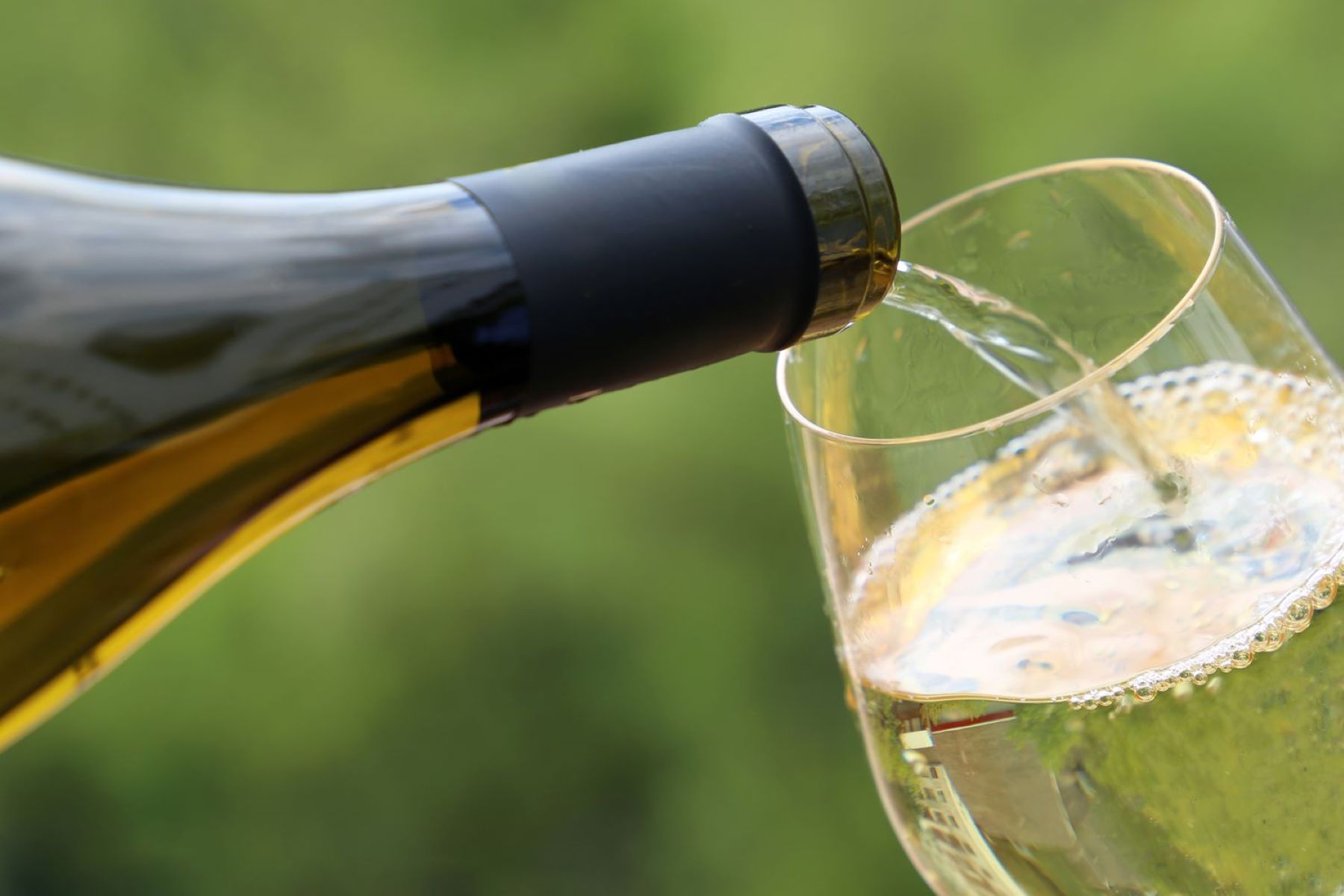
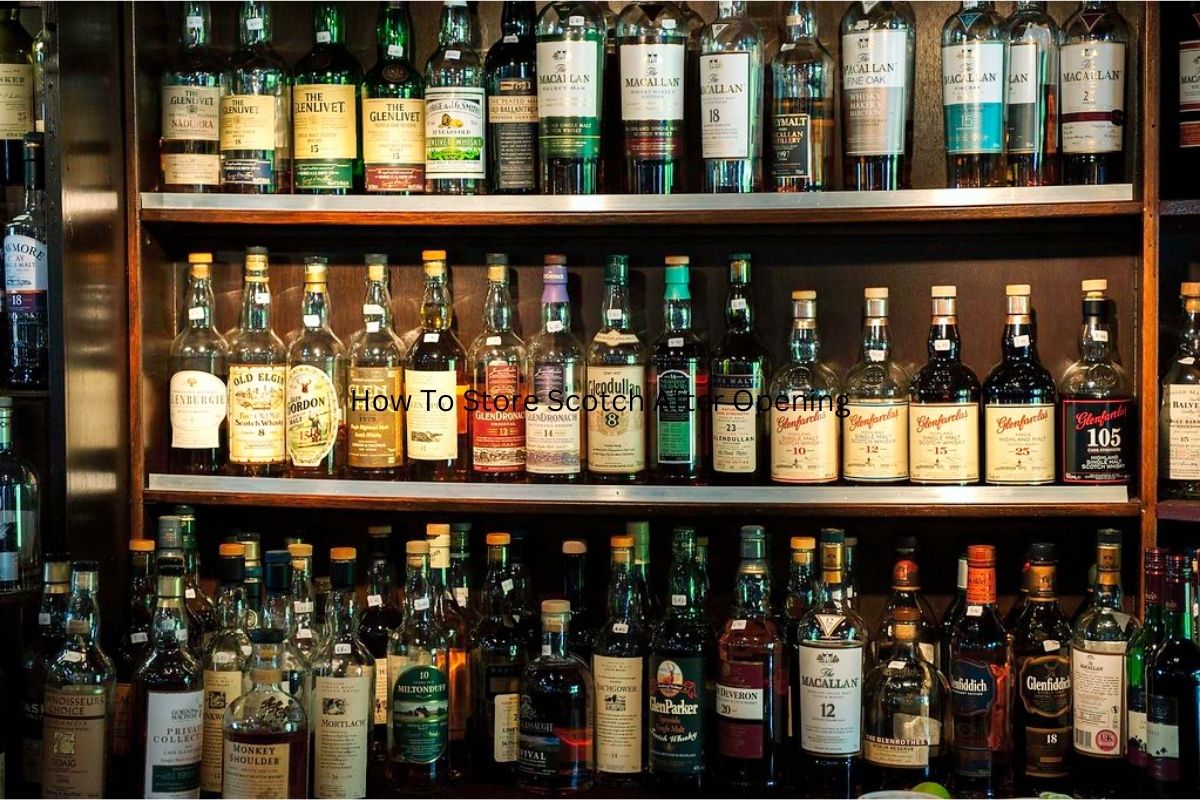
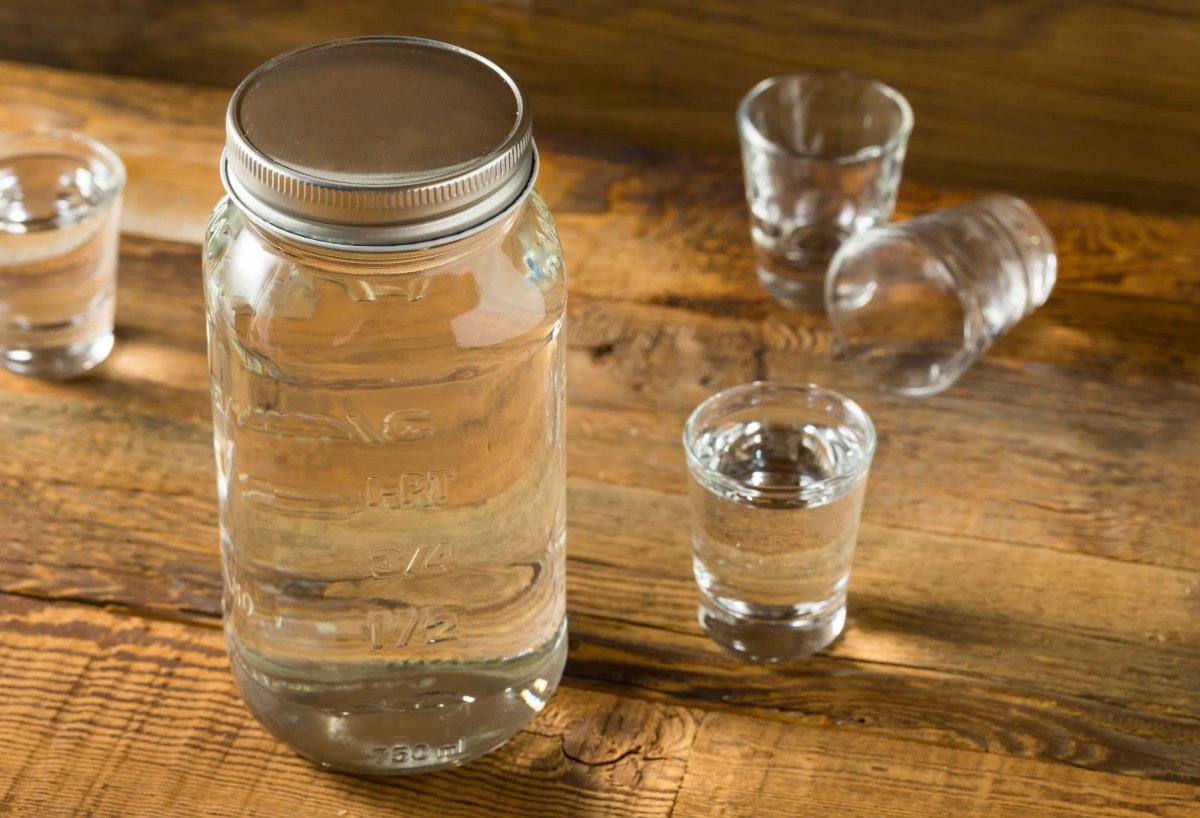
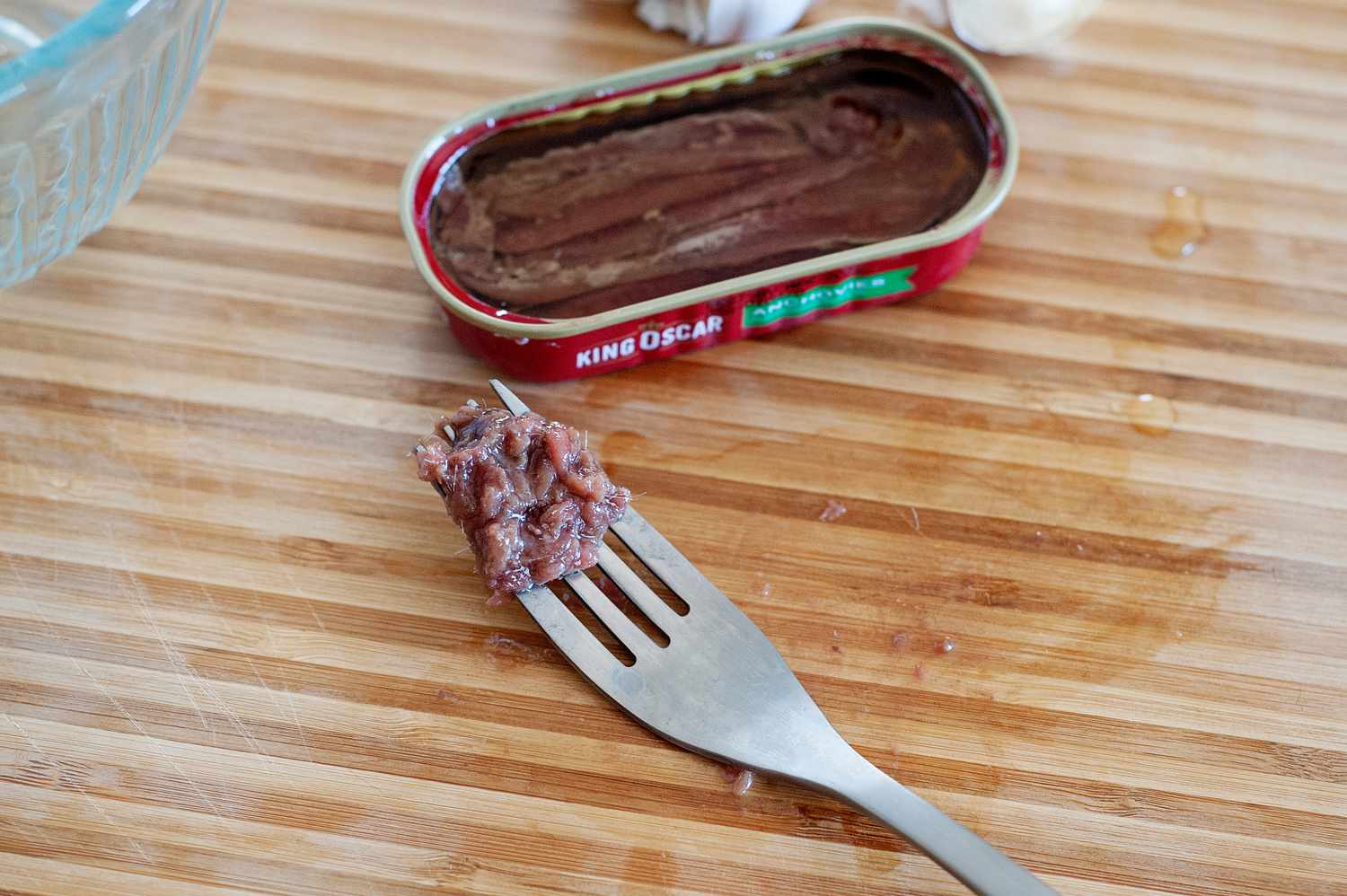
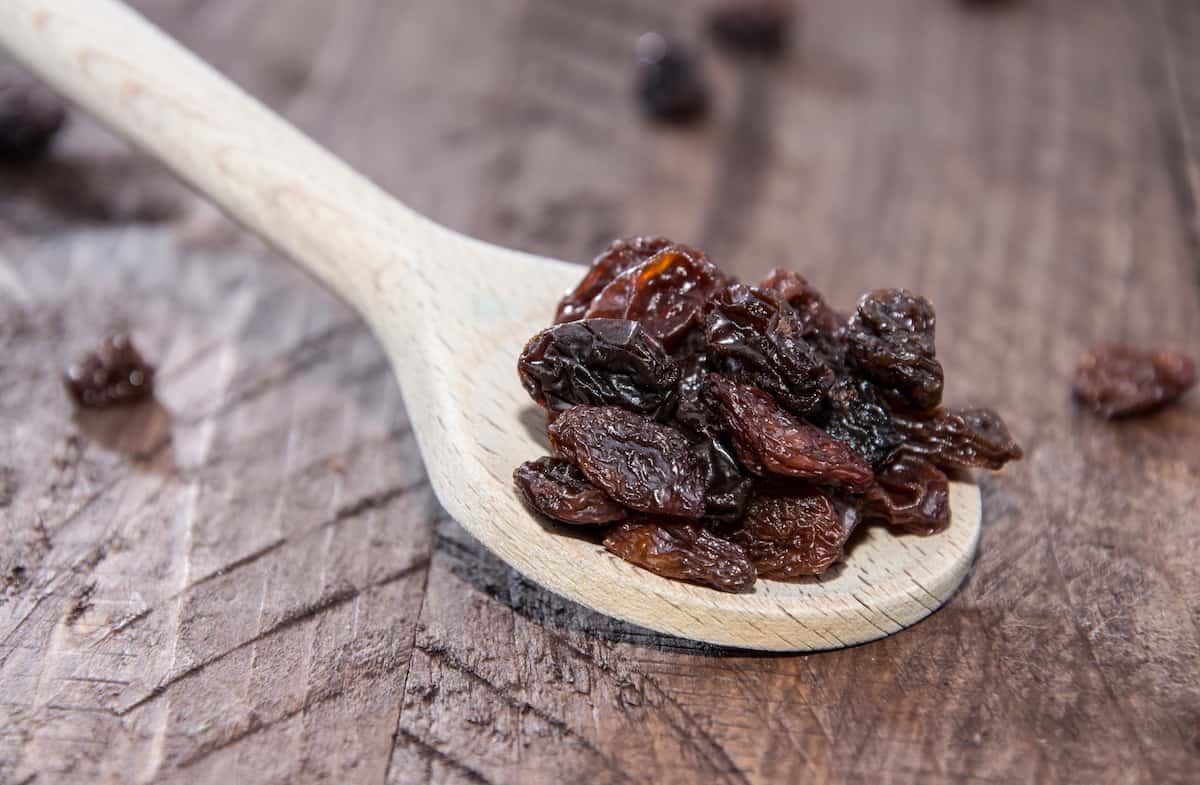
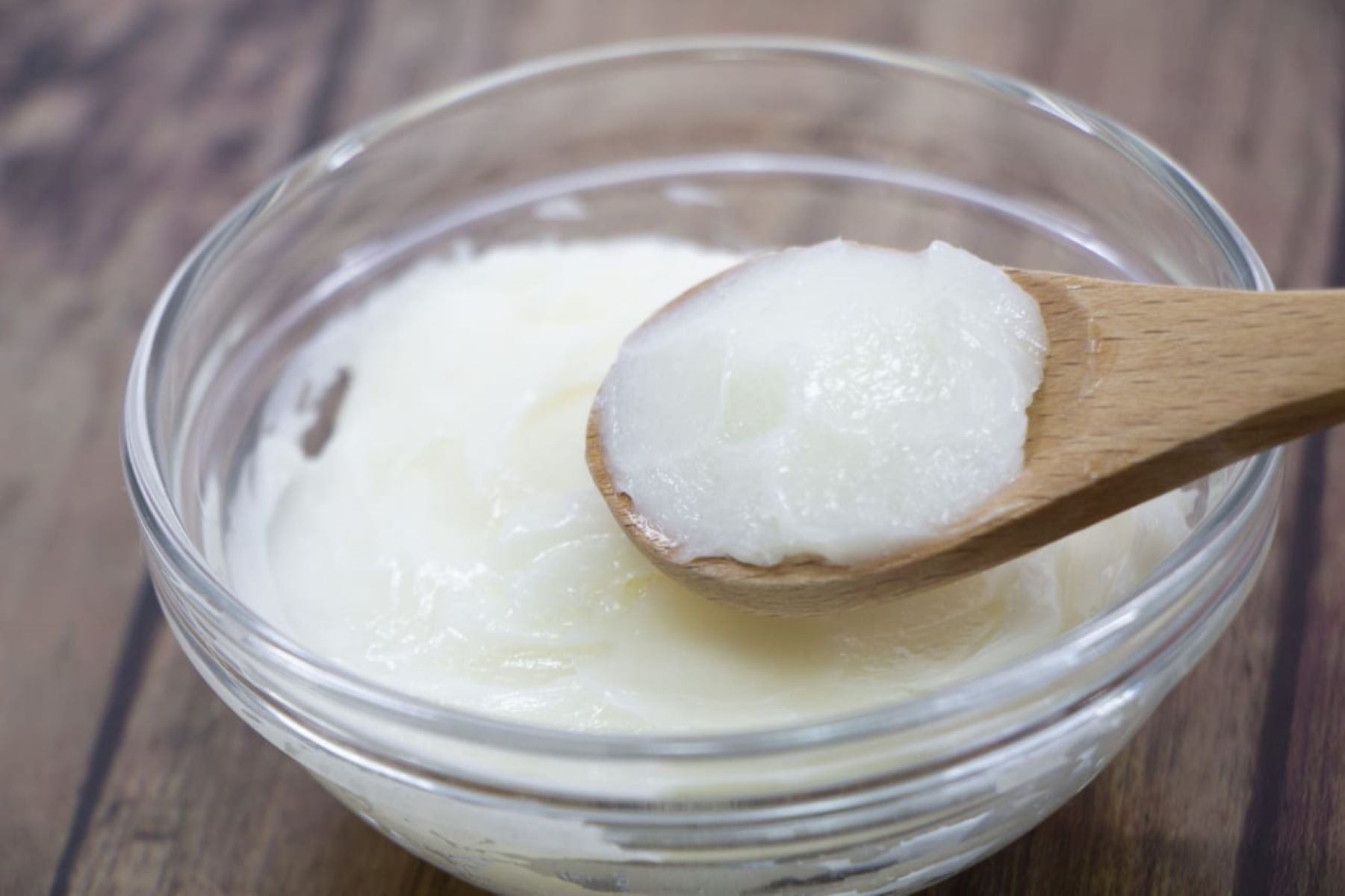
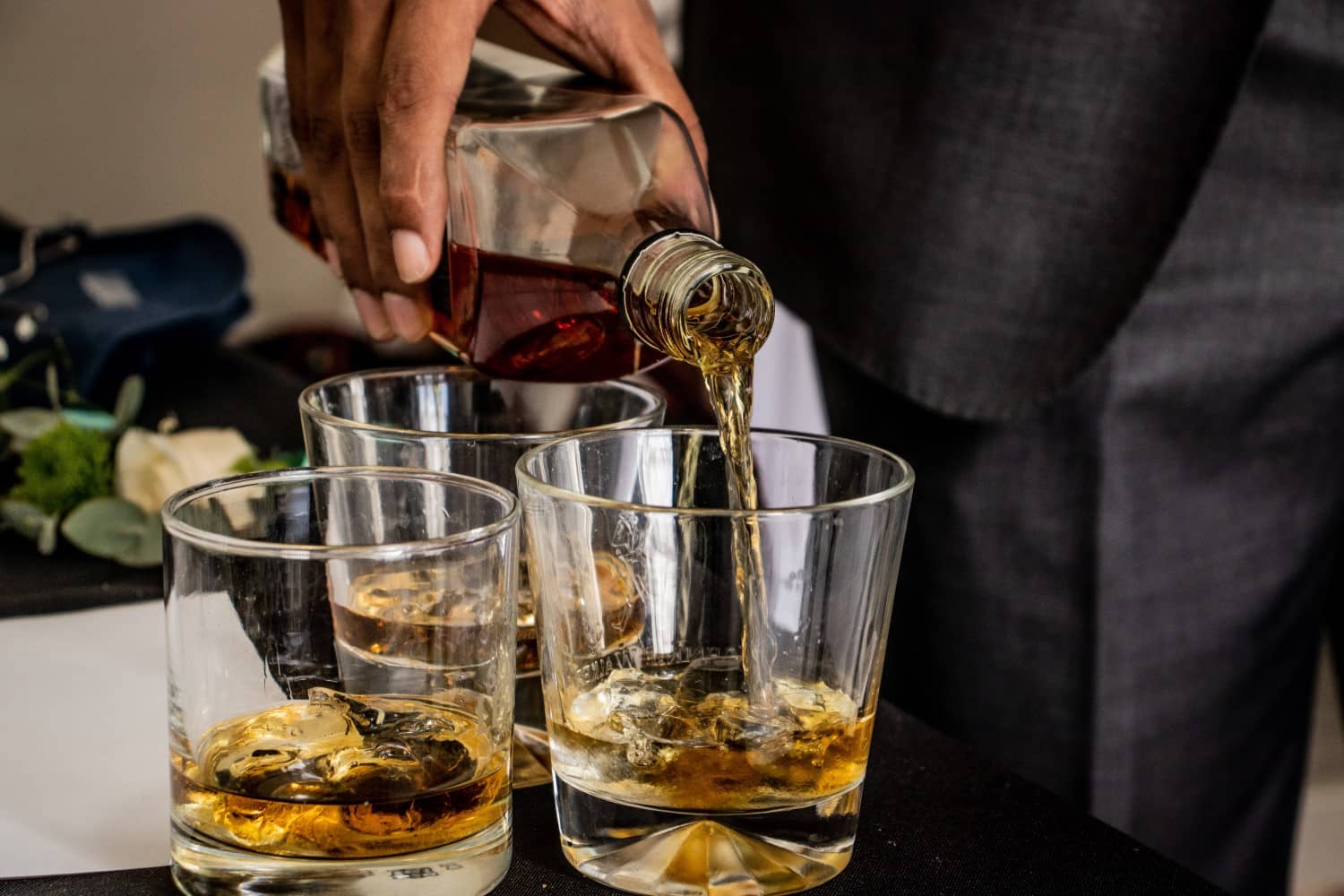
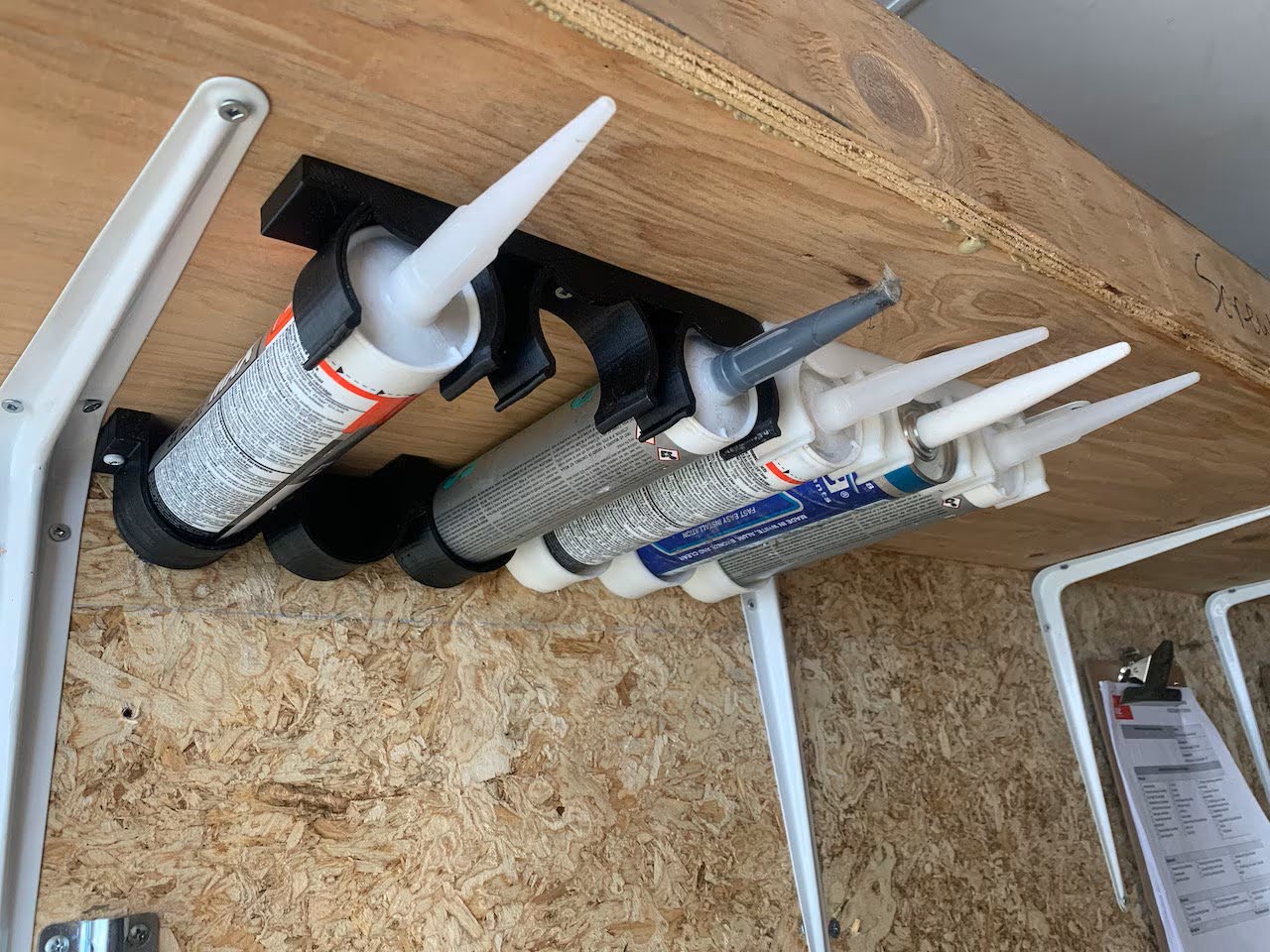
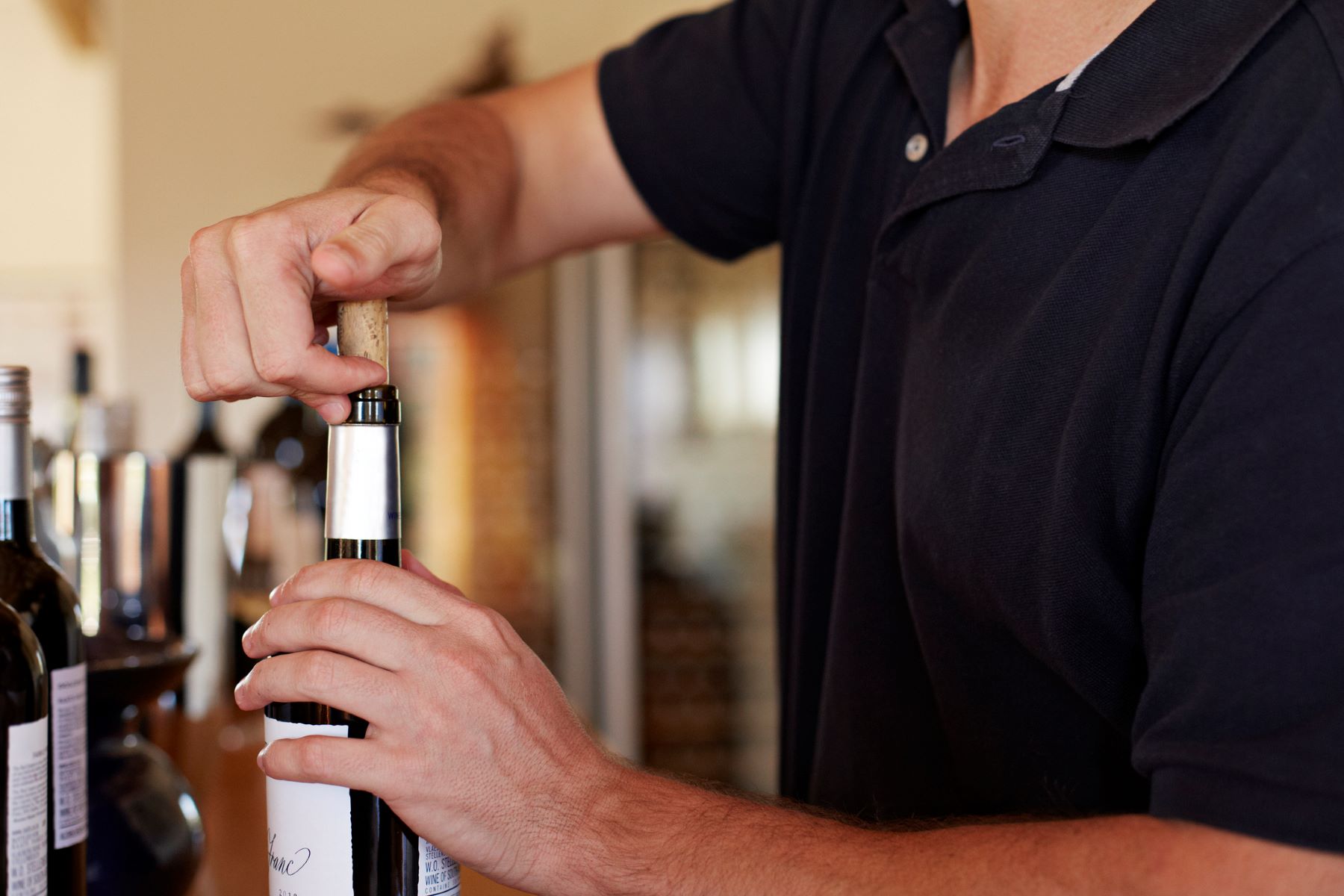
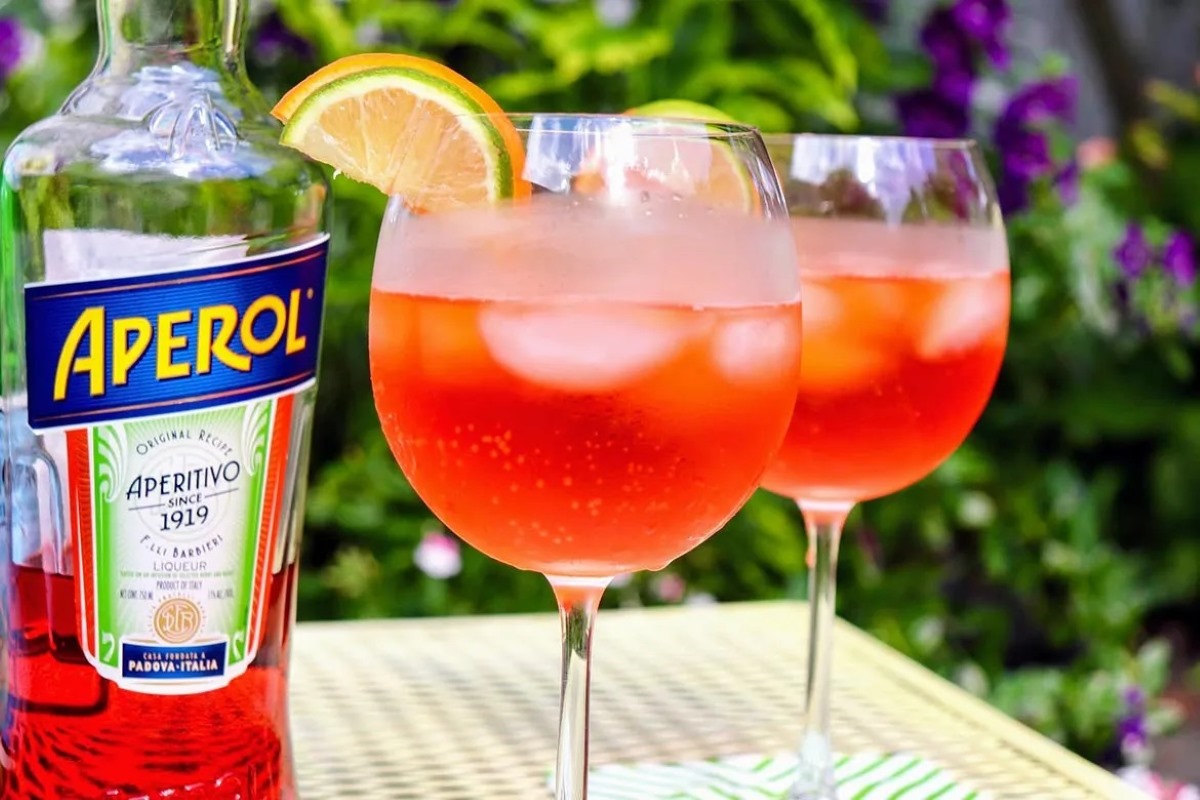
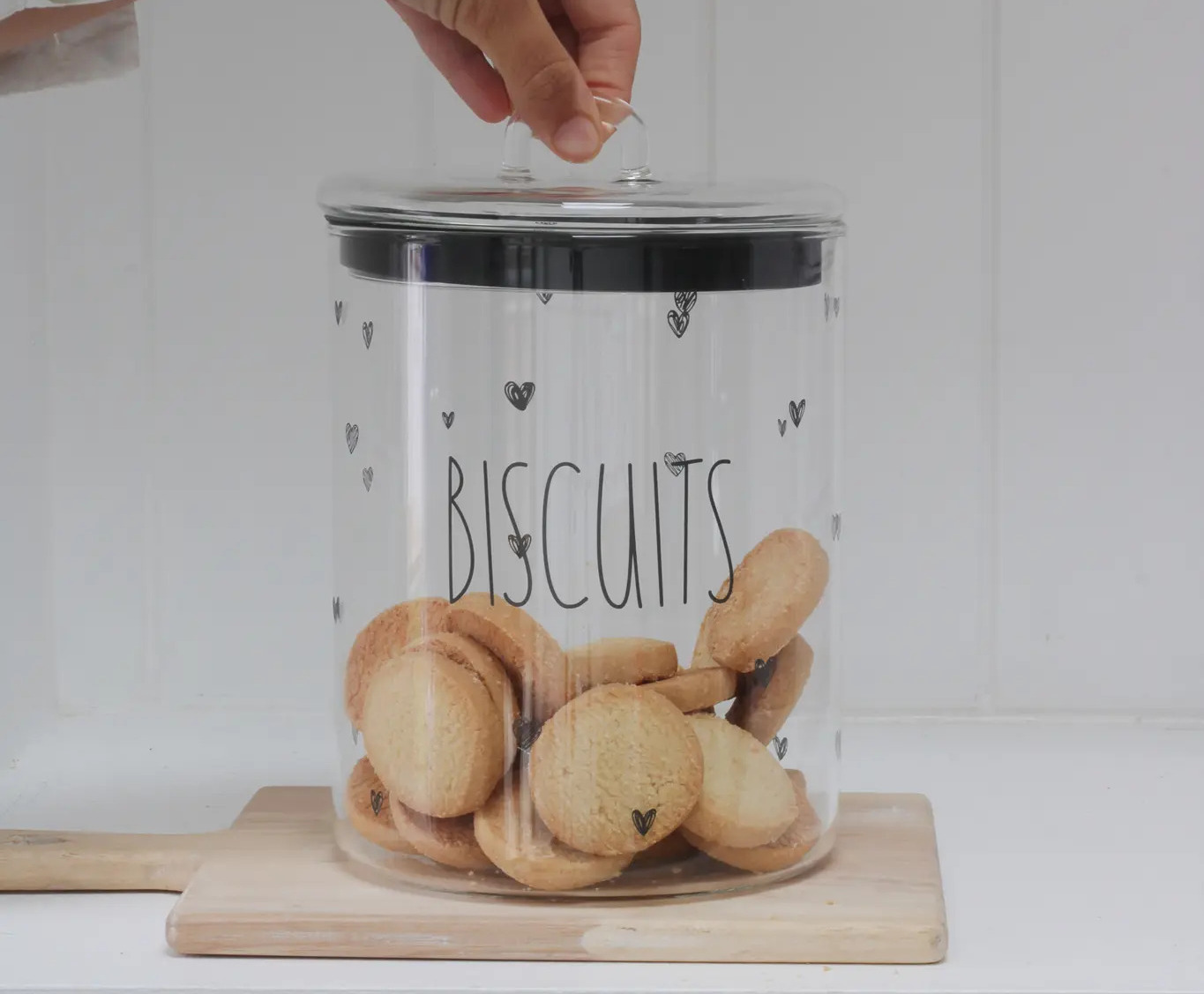
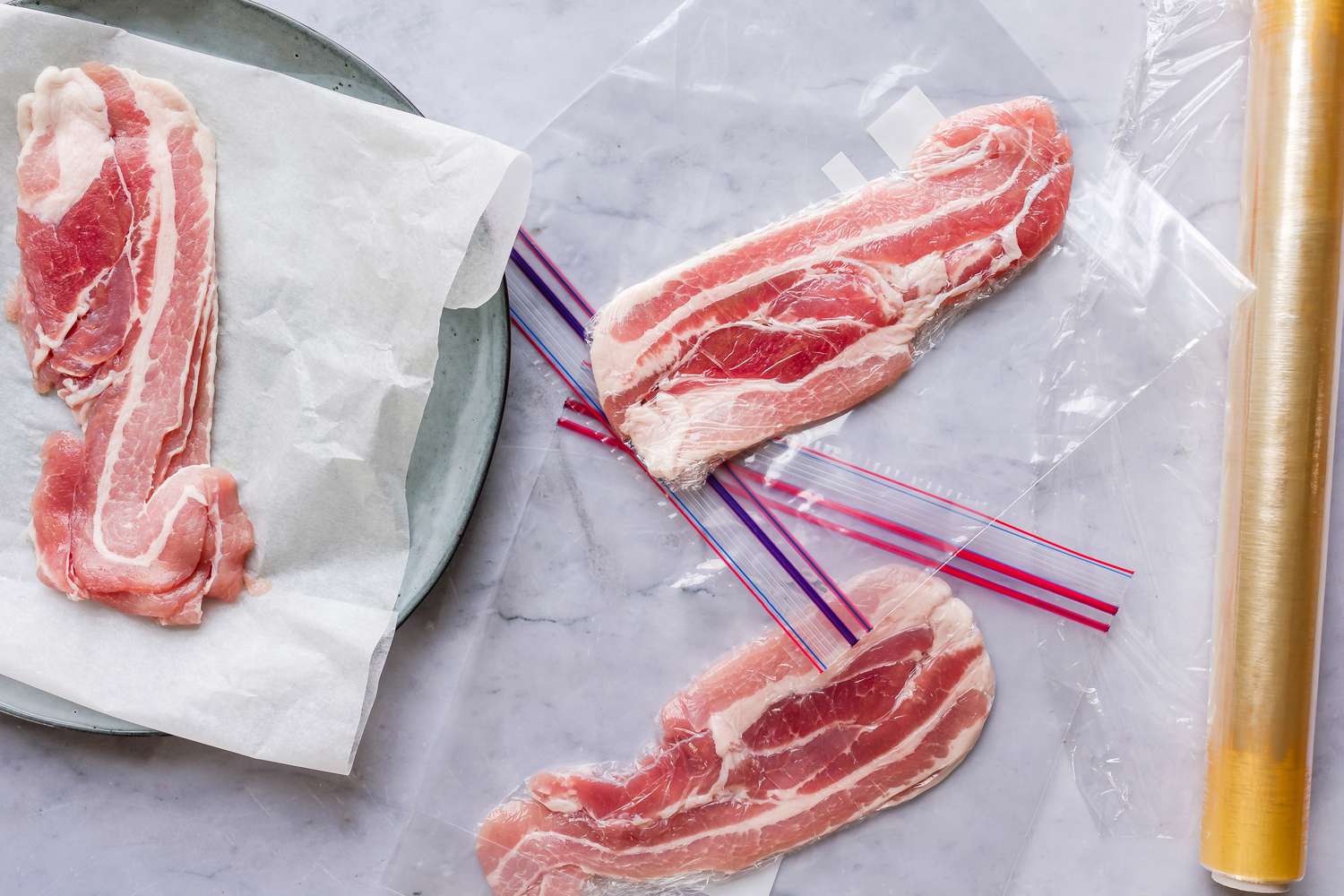
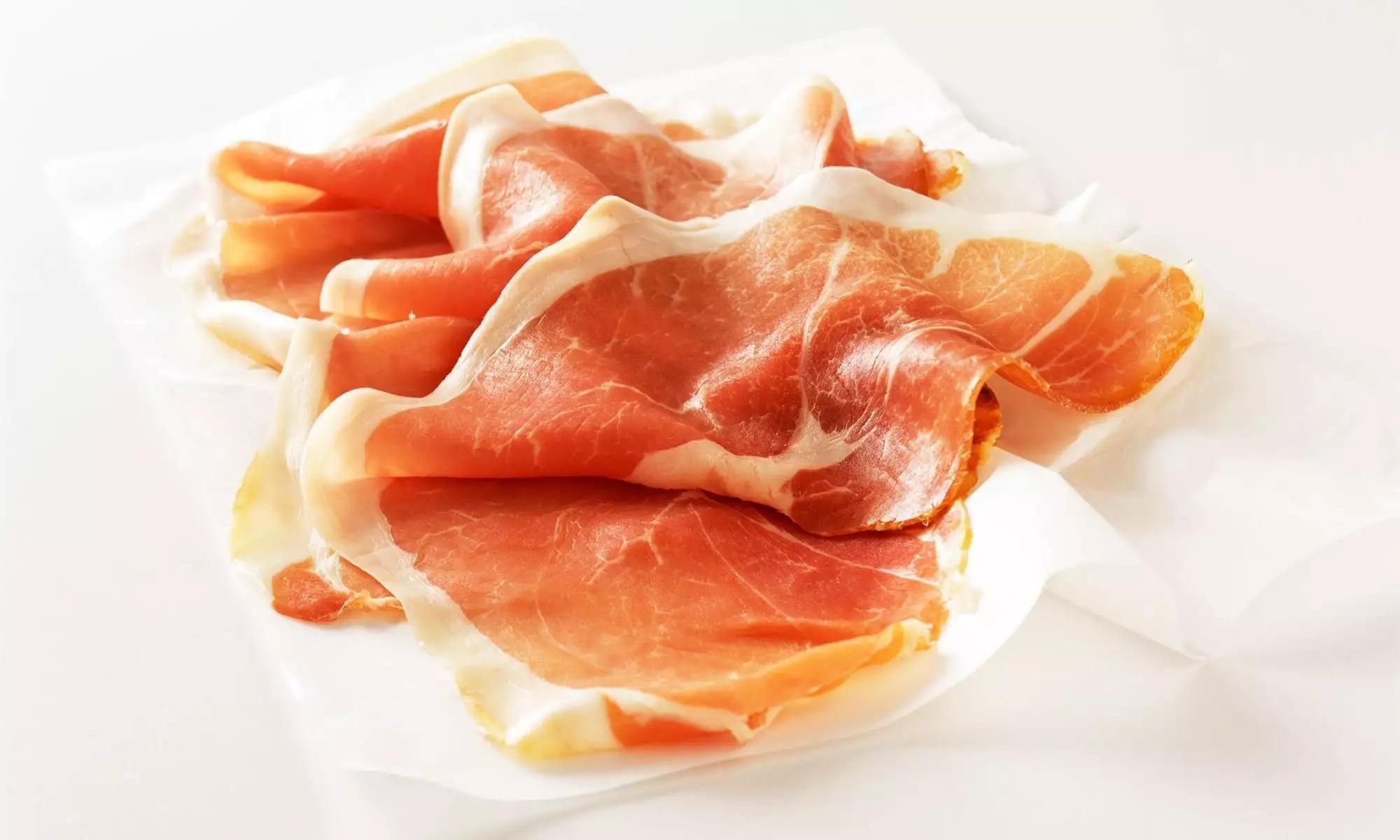
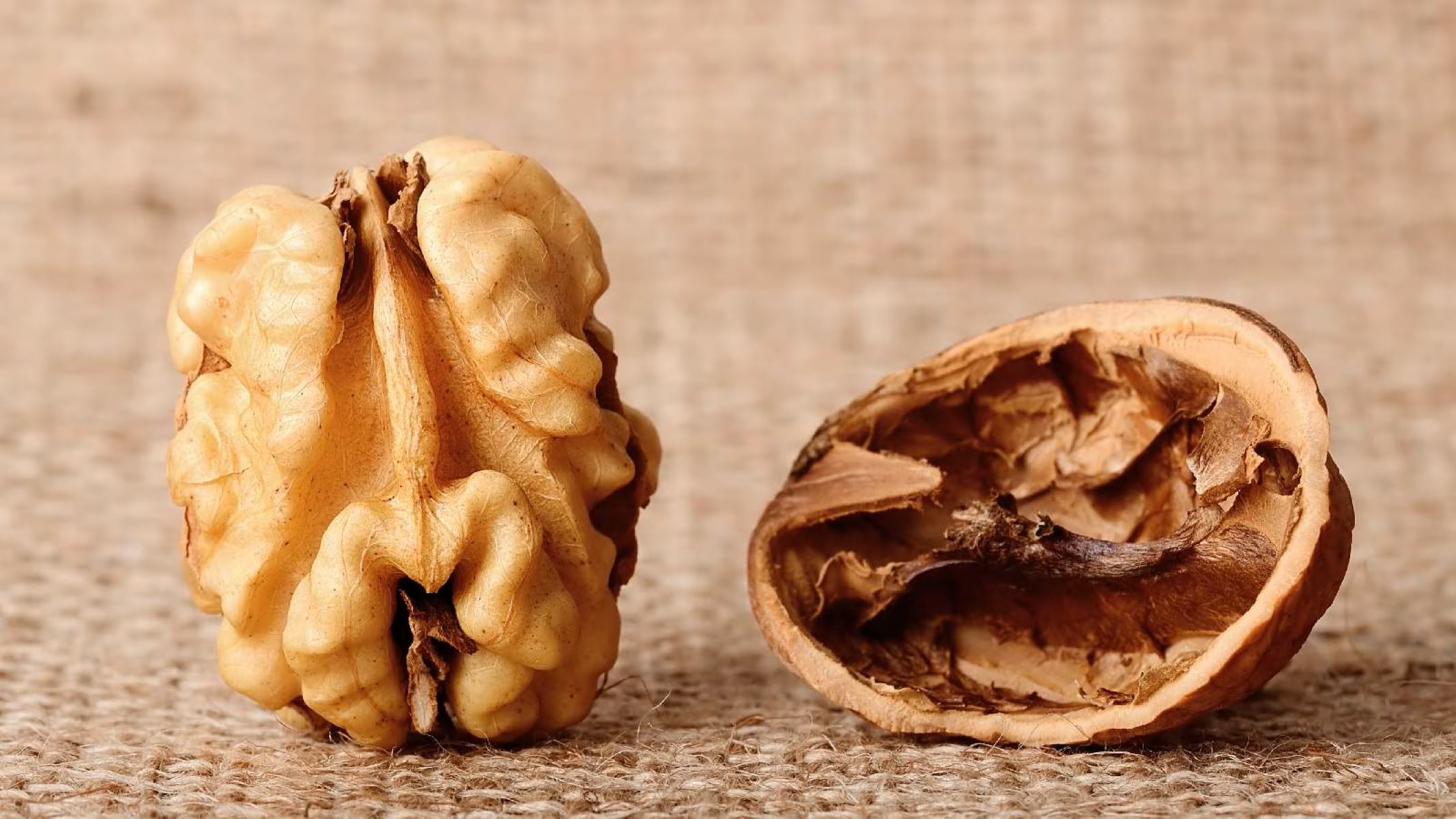

0 thoughts on “How To Store Champagne After Opening”